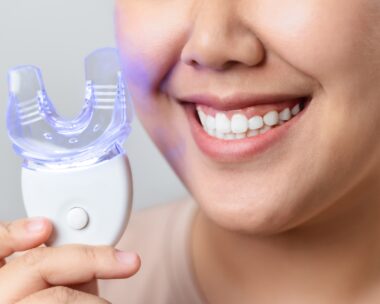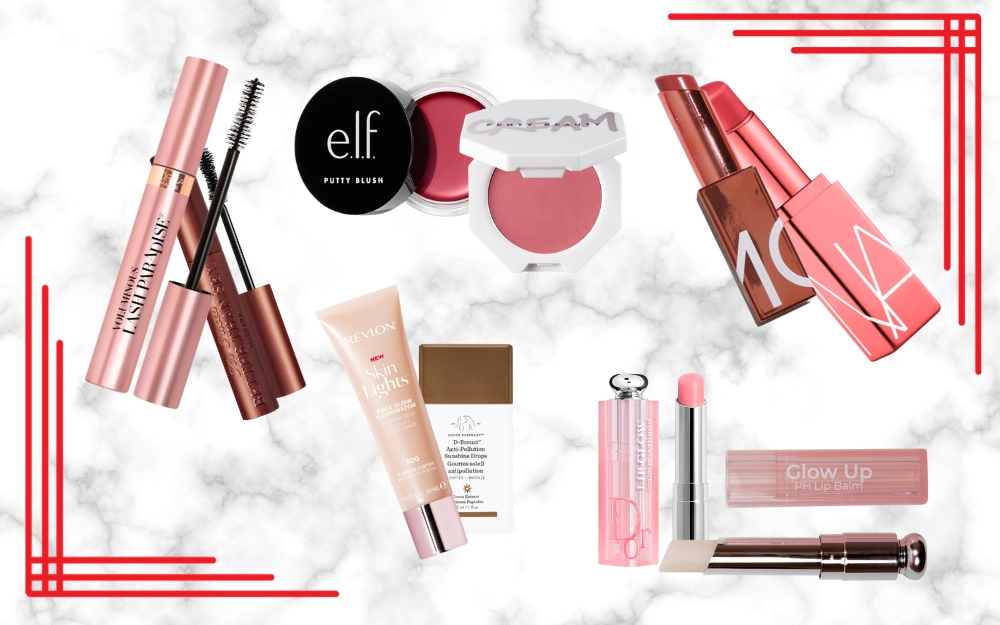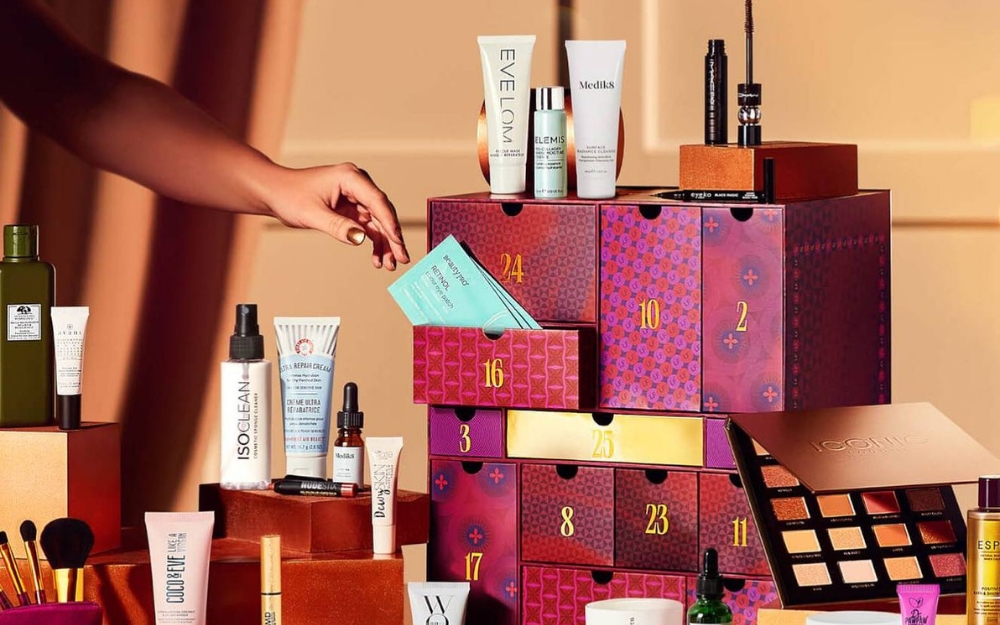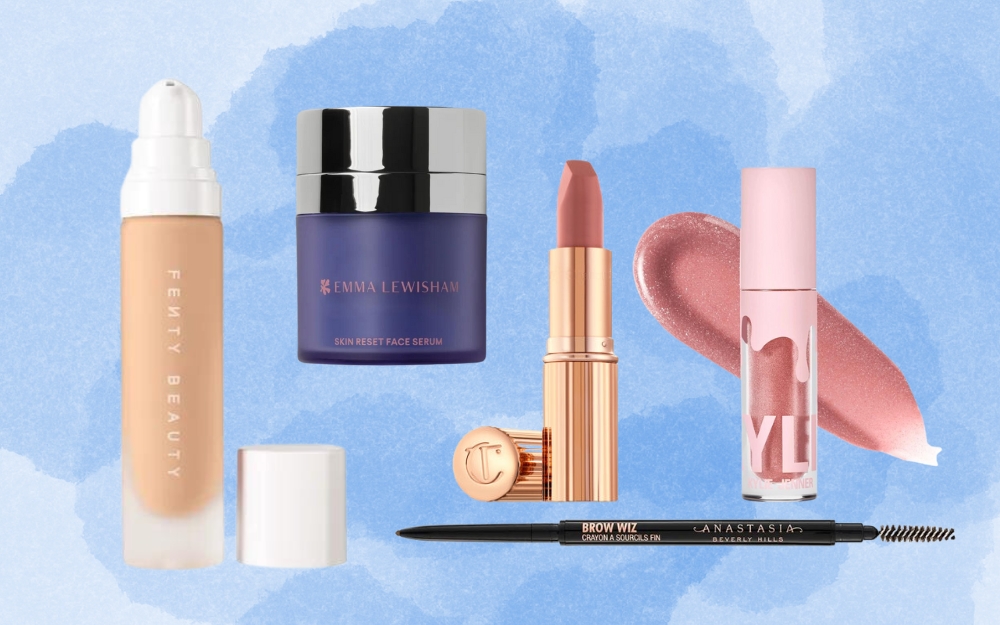What you need to know
Just because something is natural, doesn’t necessarily mean it’s good for you. Some of the most toxic substances are found in nature. Even certain essential oils can be harmful if over-used or should be avoided if you’re pregnant.
“Natural ingredients are incredibly powerful,” says Jeremy ouijis of organic skincare brand Grown. “Formulating a product is a sophisticated process of combining the right ingredients together to achieve a visible beauty result without compromising your health.”
Likewise, just because it’s man-made doesn’t automatically mean it’s toxic. oany synthetic ingredients have been used safely in skincare for decades.
Some brands are open about combining botanicals with man-made ingredients. others choose to be as natural as possible. The baddies are the “green-washers” that use words like natural and organic purely as a marketing ploy. To be labelled “natural”, a product should be composed of at least 90% natural ingredients according to New Zealand’s Cosmetic, Toiletry and Fragrance Association.
Look out for symbols from one of the accreditation bodies around the world – The Soil Association, Biogro, BDIH, NaTrue, ACo or ECoCERT.
If you’re still unsure whether a product is truly organic, Jeremy advises using the price as a guide.
“organic ingredients are expensive,” he says. “If you’re buying an organic product at the same price as a supermarket alternative, I’d question how natural that product is.”
Safety first
oost skincare products are emulsions of oil and water and, as Catherine de Groot from Trilogy says, “Just like a pot of yoghurt, they’re the perfect environment for micro-organisms and bacteria to grow.”
This can be dangerous, especially if used around the eye area or on broken skin. So for shelf life and safety, some beauty companies – like Trilogy – choose to use a blend of natural and synthetic preservatives. “We’re taking a cautious approach to be sure our products are bullet-proof,” explains Catherine.
other brands rely on non-synthetic preservatives like alcohol (which can be drying to the skin) or ascorbic acid, but these tend to have a shorter shelf life. That’s why you’ll often see a best before date on packaging and directions to keep the product in a cool place away from sunlight.
often, these are packaged in an aluminium tube, rather than a plastic pot, to keep them fresh for longer.
A little bit natural
There are lots of quality skincare brands that blend botanicals with man-made ingredients giving you the best of both worlds, like Dermalogica, for example. Some of these ingredients – such as peptides or hyaluronic acid – are potent anti-agers and you may find they simply work better for your skin.
A mixture of both types of product can be used, it’s all about personal preference. The important thing is that beauty companies are upfront so we can make informed choices when we’re shopping. The problem with reading labels is that even natural brands have ingredients with long, scientific-sounding names.
It is getting easier though. Trilogy has a brilliant section on its website (www.trilogyproducts.com) with an A to Z of ingredients used in all products and a clear explanation.
And by the end of the year, Weleda and Dr. Hauschka will have introduced a Quick Response programme where, if you have an iPhone, you can photograph the barcode from one of their products and it’ll take you directly to the NaTrue website’s rating and ingredient list for that product (www.natrue.org).



